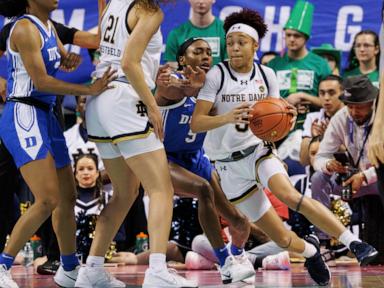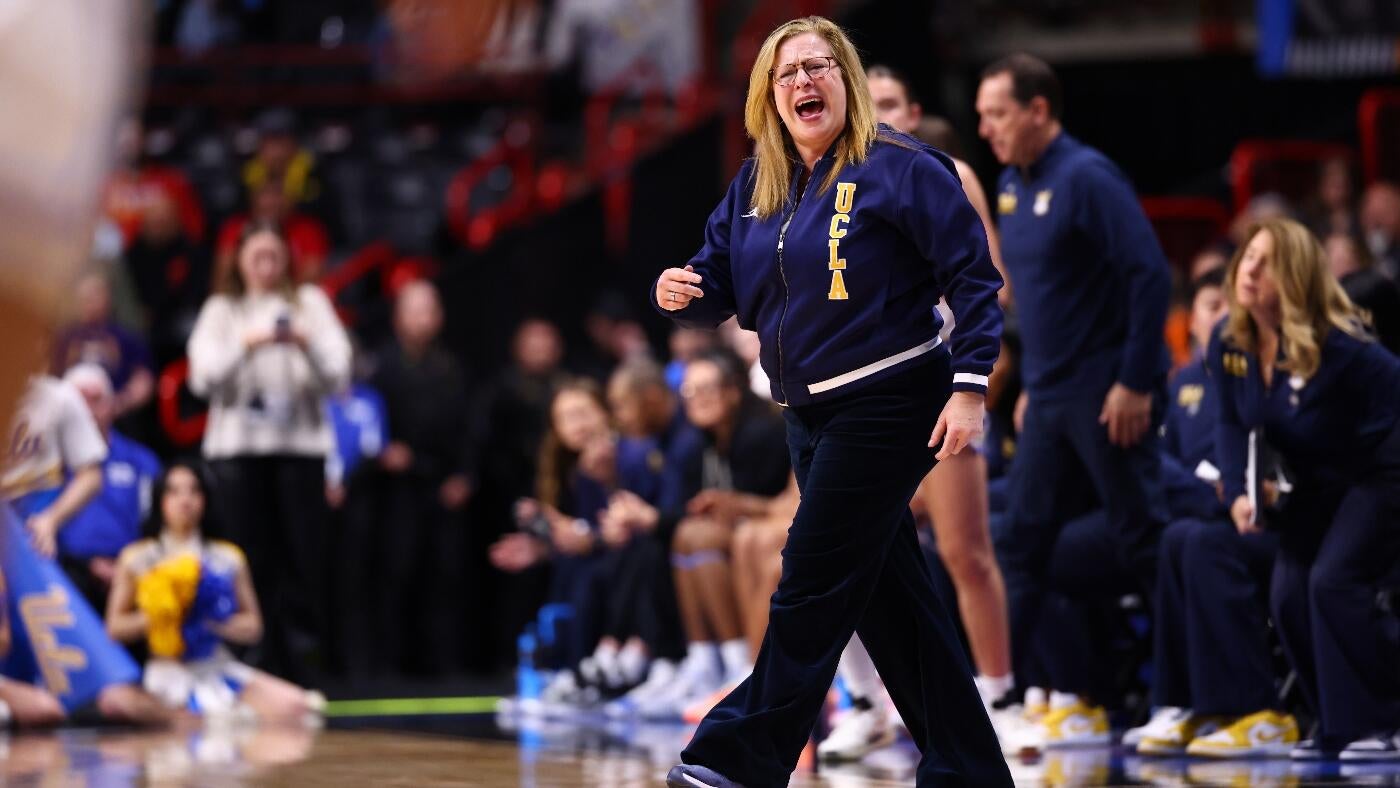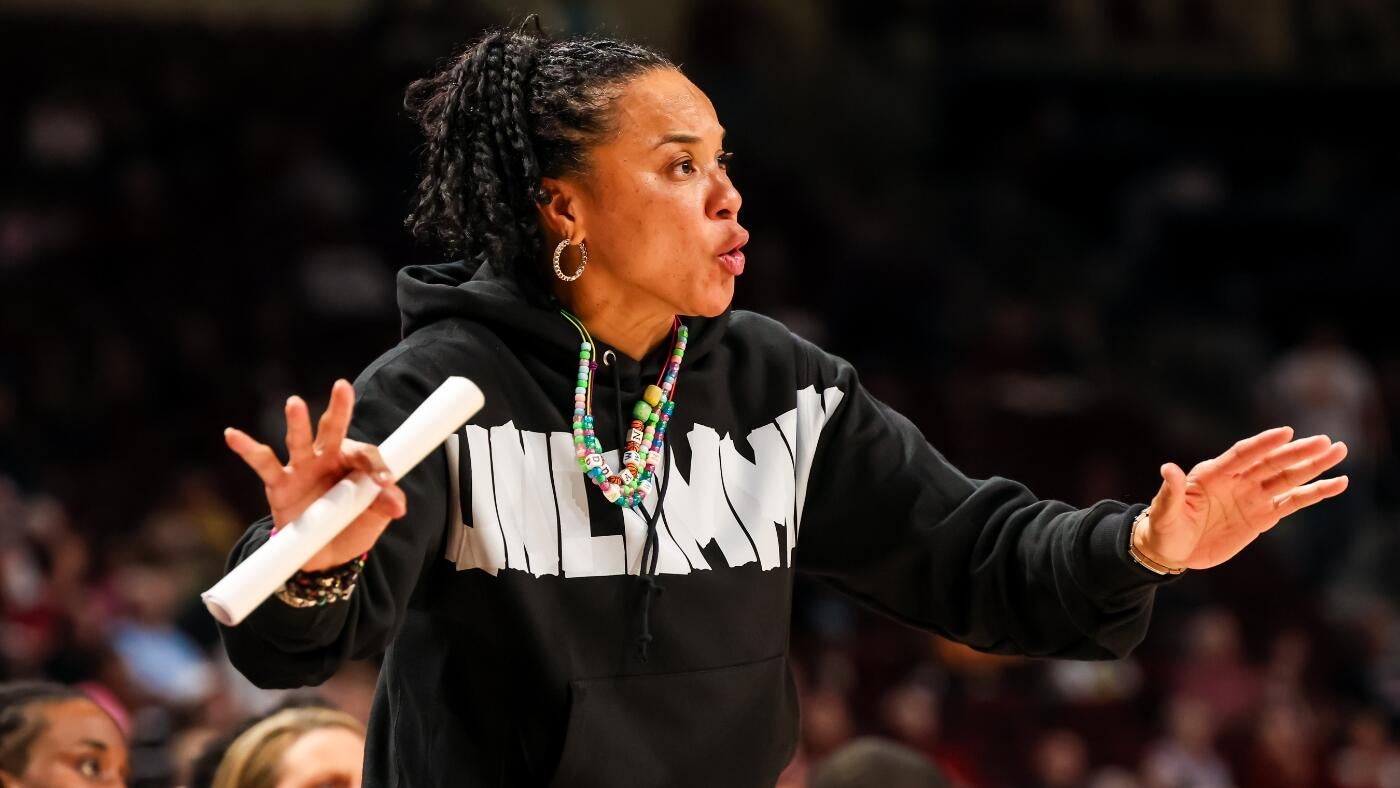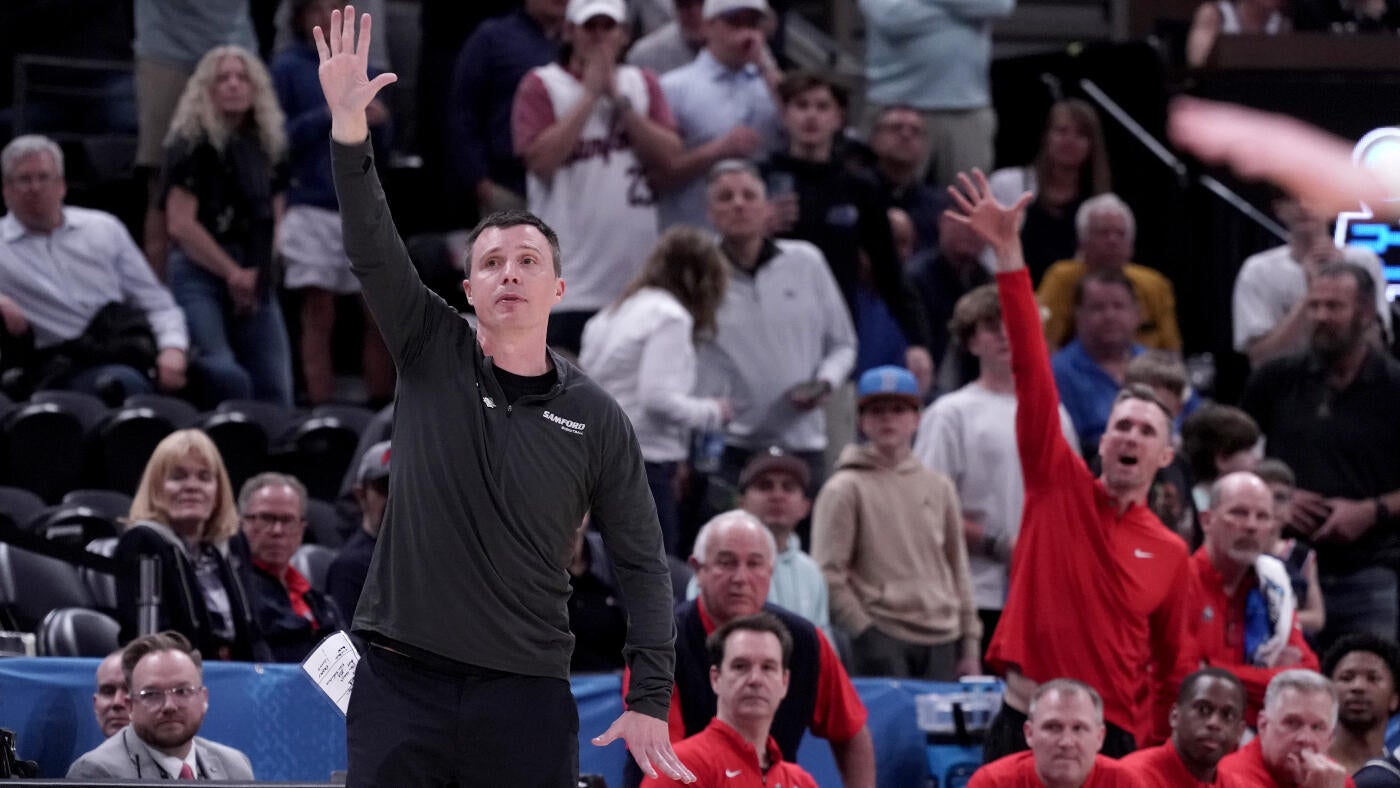Two years ago, as the universe was just falling in love with Caitlin Clark, we trained our statistical model, Slingshot, on the women’s NCAA Tournament for the first time. And an obsession of a different kind set Slingshot’s spreadsheets aflutter. (Or maybe it was our heartstrings — our model doesn’t vibrate.)
We found multiple teams playing the same kinds of high-risk/high-reward styles characteristic of past Cinderellas on the men’s side — and a bunch of them won! In 2023, three squads seeded 11th or lower, including Florida Gulf Coast, Slingshot’s favorite giant-killer, pulled off first-round upsets. Two No. 1 seeds fell in the second round. A No. 3 seed, the lowest ever, won the national title. That team (LSU) was the fifth different champion in the past five tournaments. And like a weatherman taking credit for sunshine, we were happy to explain these upsets as leading the way toward a new era of parity and tournament turbulence in the traditionally top-heavy women’s game.
Sigh.
Last year’s tournament was extremely chalky, and this spring, the big dance might as well be taking place on the White Cliffs of Dover. It’s not just that three No. 1 seeds (plus a team that should have been one) are playing in the Final Four. It’s that over the past three weeks, long shots were barely able to catch their breath before getting blown off the court.
How this year played out: Chalky
Teams seeded 11th through 16th — meaning those playing in what we call first-round “bracket breaker” matchups against opponents seeded at least five slots higher — went a stunning 0-24. And they were outscored by a ginormous average of 30.9 points per game. That margin is 48 percent bigger than it was two years ago. And it means the bottom third of the entire women’s bracket was as uncompetitive as No. 1 vs. No. 16 seeds in the men’s game this year.
To be fair to ourselves, we looked at the powerhouse numbers posted by the top teams and the unfortunate matchups that many lower seeds were facing and warned you early that the potential for upsets was low this time around.
And though we tried to compile as many reasons as we could to maintain a rooting interest in 2025’s deep underdogs — FGCU’s 3-point shooting, Montana State’s talent for forcing turnovers, Fairfield’s efforts to escape the No. 13 seed line — none of them made any real difference, or even threw a scare into a favorite. The gaps in size, speed and shooting between opponents, over at least the first two rounds of this tournament, were just too great for long shots to overcome with strategy or for giants to forfeit through occasional poor play.
Two teams that pulled off second-round wins against slightly higher seeds show just how stratified the women’s game is at this moment. No. 5 seed Ole Miss beat No. 4 seed Baylor despite shooting just 37.3 percent because Mississippi grabbed 16 offensive rebounds and forced 21 turnovers, which meant it was able to take a dozen more shots from the field.
But these possession-building tactics, which Slingshot sees as crucial for underdogs, could not save Ole Miss against first-seeded UCLA. The Rebels again grabbed more of their own missed shots, snagged more steals and amassed more field goal attempts. But they could not stop Lauren Betts from putting up 31 points on 15-of-16 shooting, and they lost by 14.
Meanwhile, Slingshot saw misjudgment in the matchup between No. 5 seed Kansas State, which our model ranked as the ...




